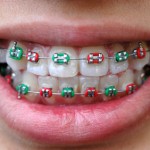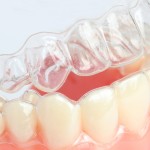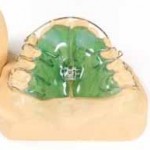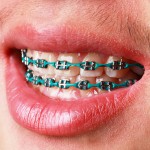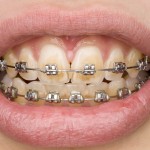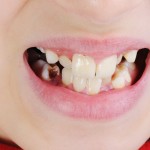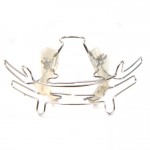
In treating orthodontic problems in late adolescents and adults there is pressure to shorten treatment time. Surgical techniques such as corticotomy and dental distraction have been proposed as potential approaches. The aim of this review was to address 3 questions; Does surgically facilitated orthodontic treatment significantly increase the velocity of tooth movement and shorten treatment [read the full story…]
